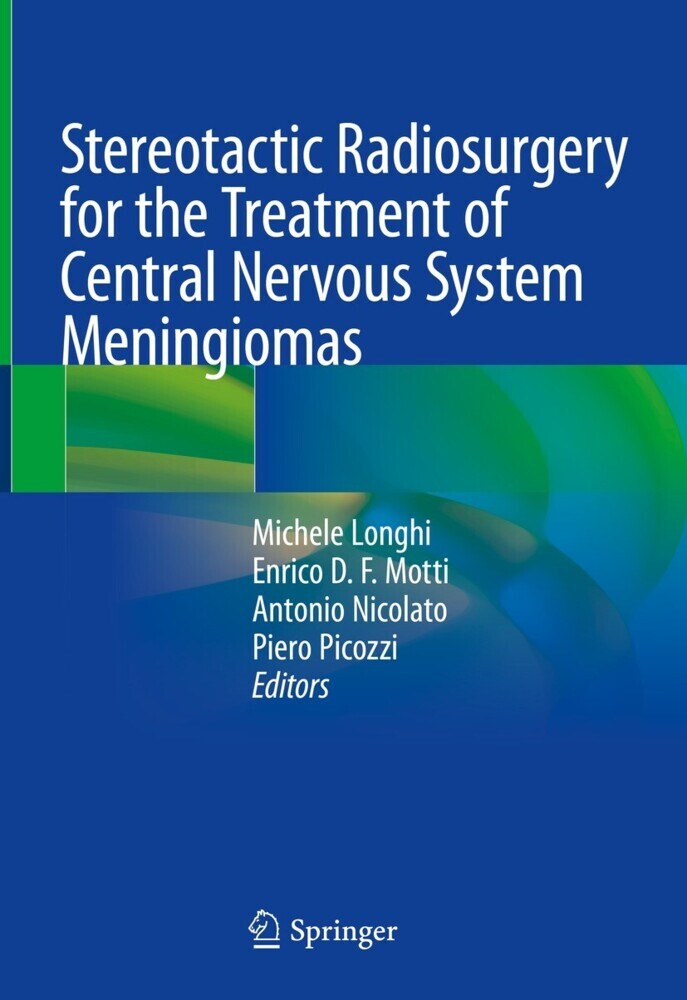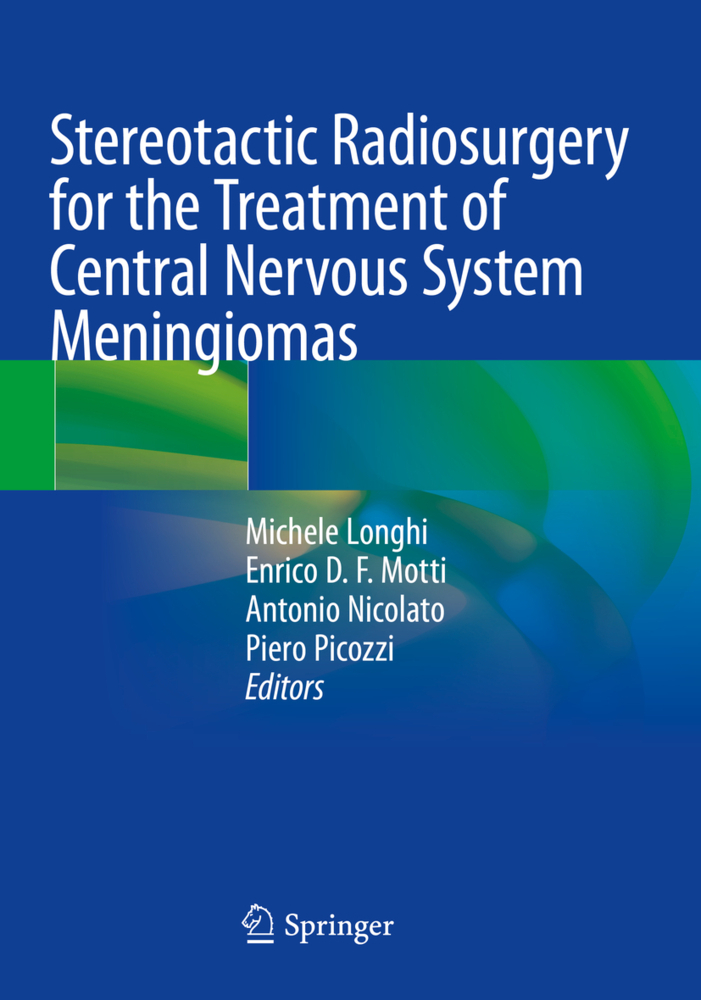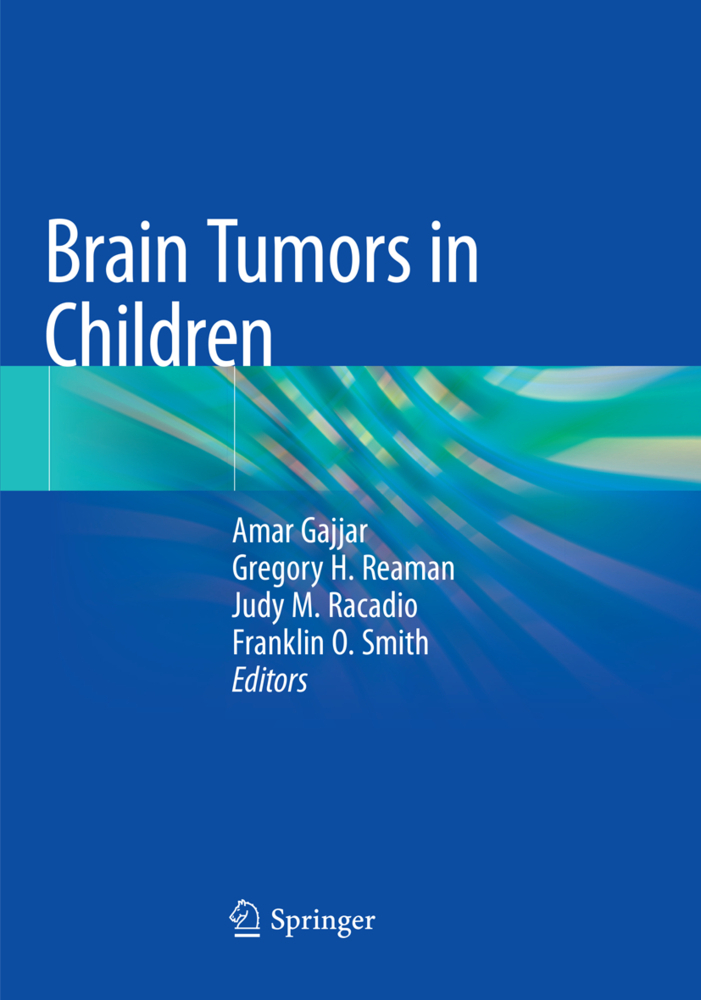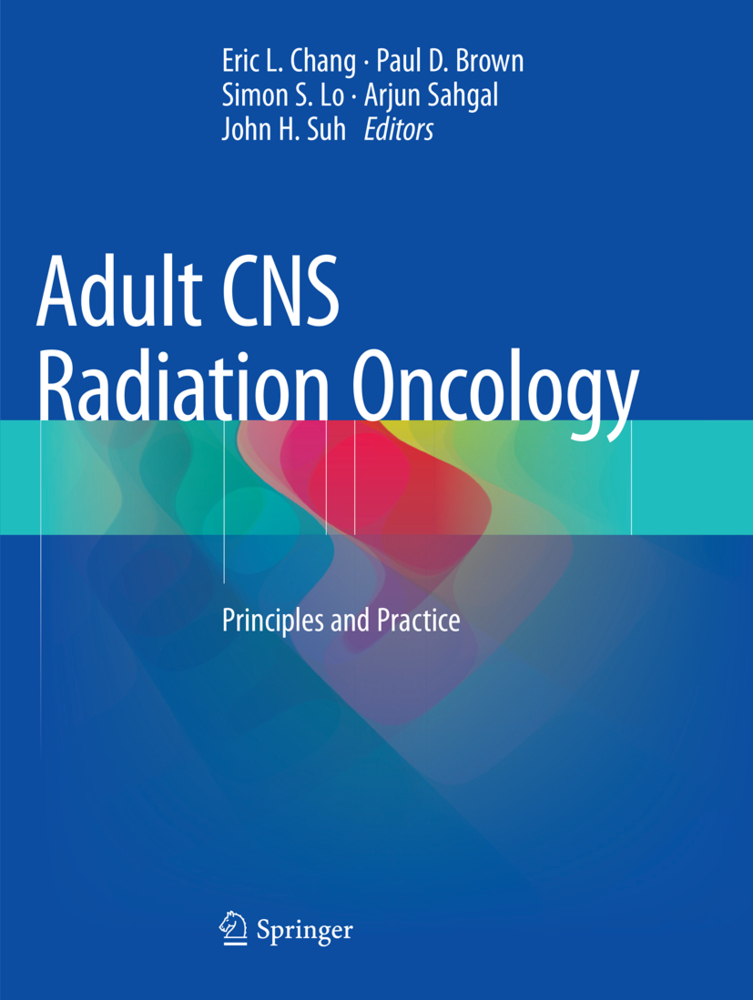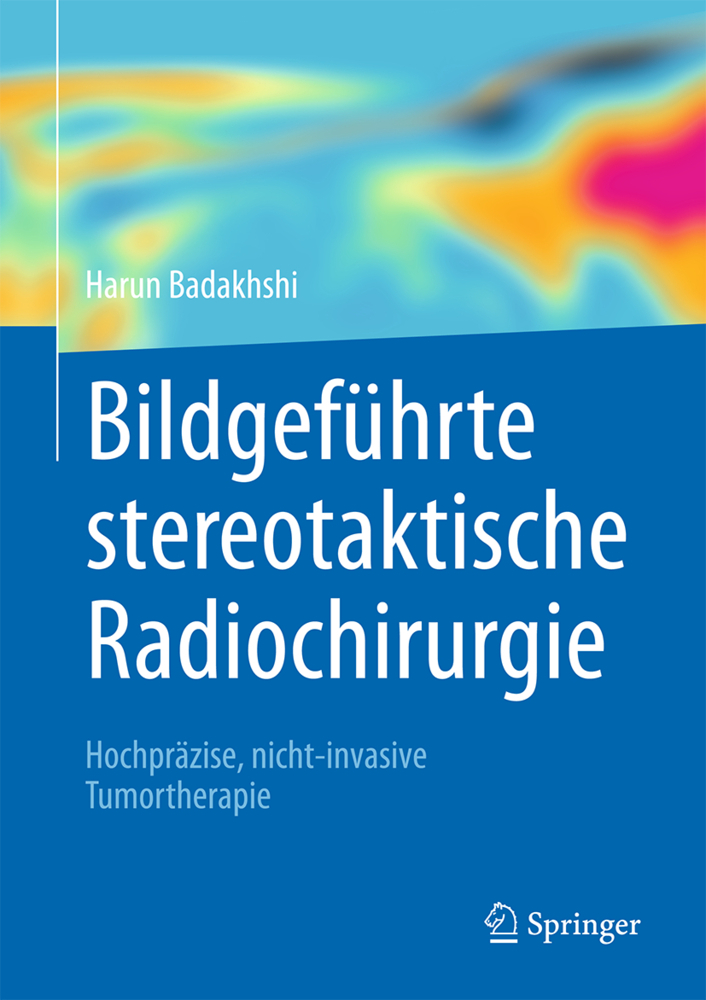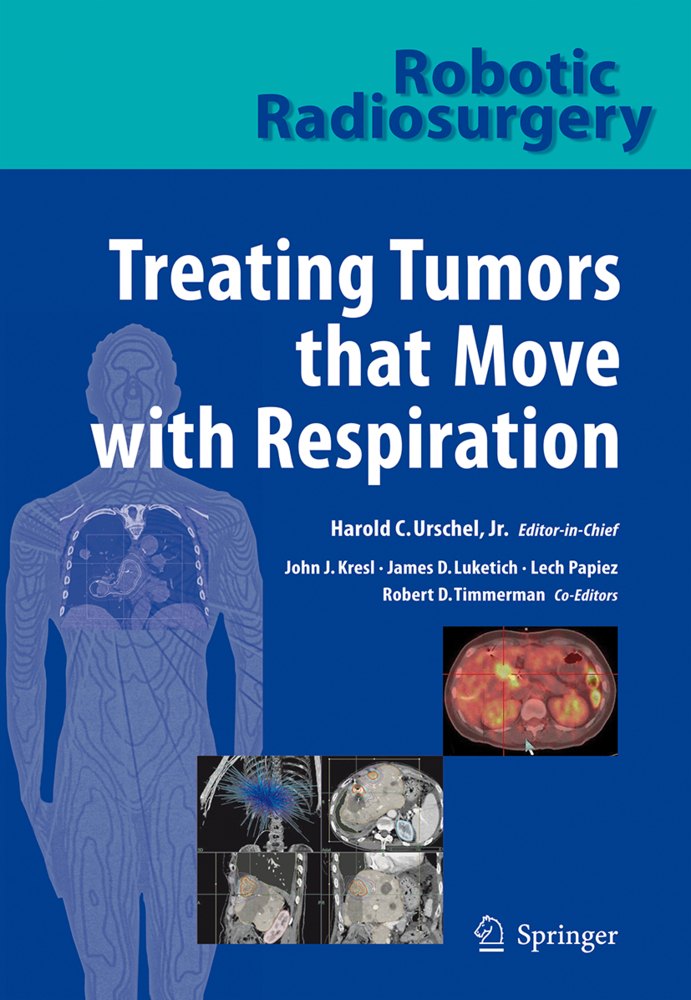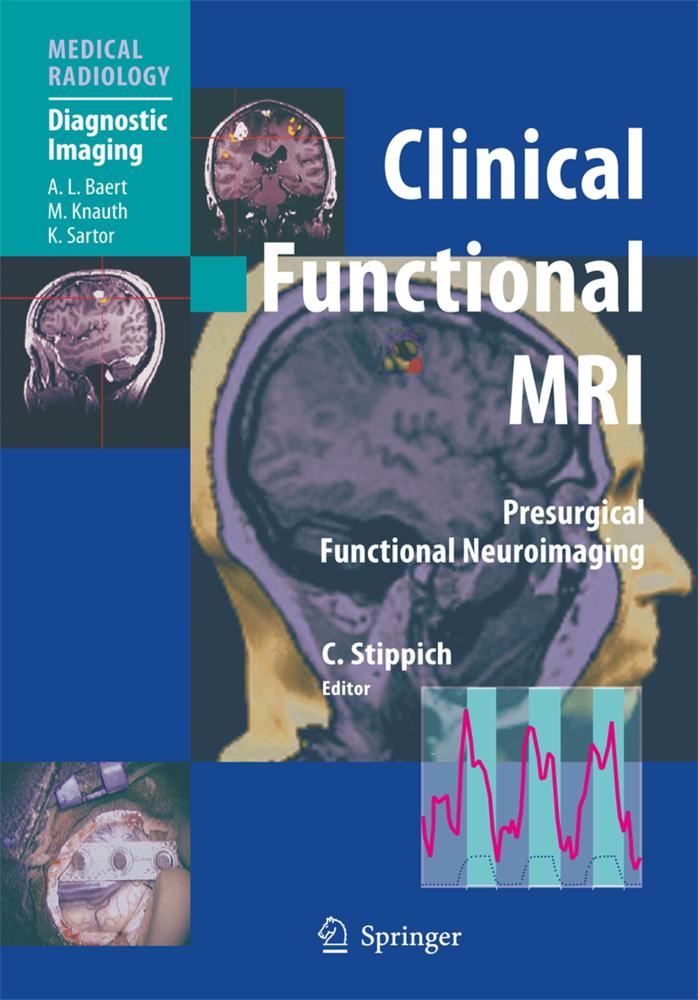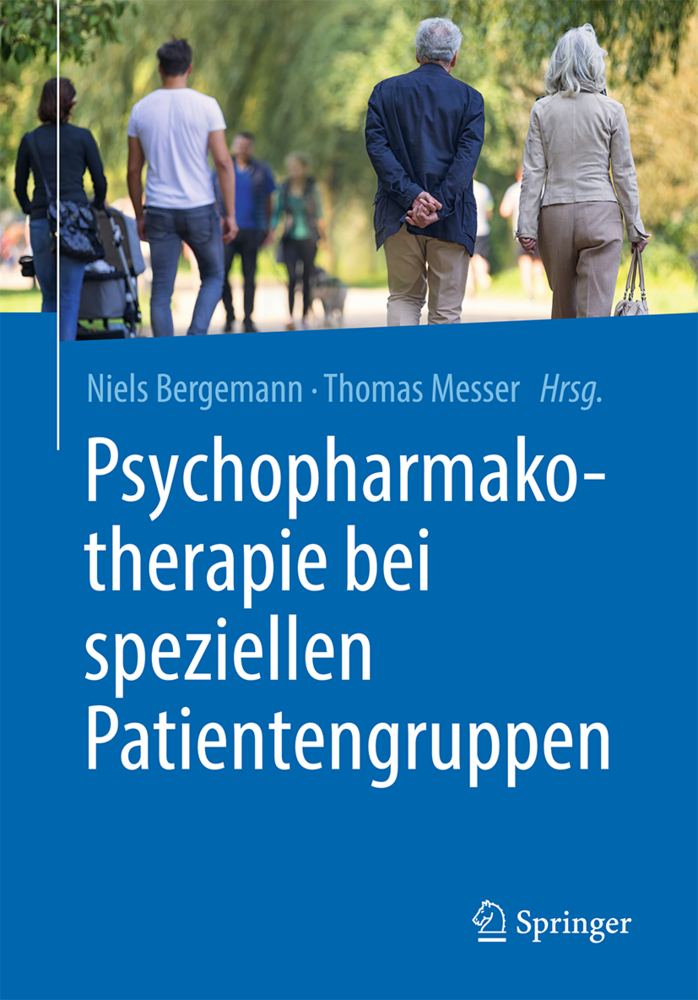Stereotactic Radiosurgery for the Treatment of Central Nervous System Meningiomas
Meningiomas are the most frequently reported neuro-oncologic condition, accounting for 12% to 30% of all primary intracranial tumors. The first case of intracranial meningioma treated with stereotactic radiosurgery was reported by Backlund E-O in 1971. Since then, more than 200,000 meningiomas have been treated with stereotactic radiosurgery worldwide to date. The large number of patients treated using this method is due to the fact that meningiomas are frequently located in critical areas and microsurgery is often associated with severe and permanent neurological complications.
This book discusses the advantages, risks and limits of stereotactic radiosurgery relating to all regions of interest for a neuroradiosurgical approach for the treatment of central nervous system meningiomas. Firstly, it presents an introduction focusing on the 'state of the art'. It then discusses the physics, imaging, neurological and neuro-oncological issues in multidisciplinary management. Lastly, it features a summary of results, including the most recent published papers regarding all the locations involved in the stereotactic radiosurgery treatment as well as new approaches to meningiomas, with particular reference to the hypofrationated treatments. Intended for anyone involved in the neuroradiosurgical treatment of brain diseases, the book provides an up-to-date overview of the latest stereotactic radiosurgery treatment of central nervous system meningiomas.
Michele Longhi has been working at the Neurosurgery Clinic, Azienda Ospedaliera Universitaria Integrata (AOUI) of Verona, Italy since 2008, after obtaining his Ph-D in neurosciences at the same university. In 2007 received an award for the best 'under 40 functional neurosurgical presentation' from SINch (Italian Society of Neurosurgery). He has been working since 2013 as a tutor for residents in Stereotactic and Functional Neurosurgery at the Board of 'Neurosurgery' at the University of Verona School of Medicine. He is primarily involved in stereotactic neurosurgery interventions with an official hospital 'highly specialized assignment' (stereotactic brain biopsy, Ommaya placement, Deep Brain Stimulation for Movement Disorders and Mr-Guided Focused Ultrasounds for Essential tremor) as well as gamma knife radiosurgery interventions, with more than 8.000 treated patients.
Enrico DF Motti is co-founder (Milano, 1996-) and past-President of the European Gamma Knife Society and is currently responsible for the Neurosurgery - Stereotaxy - Gamma Knife Service of Maria Cecilia Hospital in Cotignola (Ravenna) a department offering neuro-radiosurgery, stereotactic operations and microsurgery. In 1974 he joined the team at Milan University that was studying and treating epilepsy using the SEEG method of deep electrode registration pioneered by Talairach and Bancaud. In the same year he also met Lars Leksell and was introduced to the first Gamma Knife procedures. He was subsequently the liaison officer of the Canadian EC-IC cooperative study on brain revascularization. Research Fellow and Assistenzartz with Prof. G.M.Yasargil in Zürich in the early 1980s, is credited with the first modern 3D description of the cerebral capillary bed (1986). In 1987 he performed the first Italian autotransplant of adrenal dopaminergic cells in parkinsonian patients and did neurosurgery in the experimental series in the project led by Prof.S.Fahn at Columbia University. In 1989 he contributed his stereotactic and microsurgical experience to the opening of the Neurosurgical Dept. of San Raffaele Hospital in Milano and installed a Gamma Knife model B in 1992.
Antonio Nicolato has been working at the Neurosurgery Clinic, University Hospital of Verona, Italy, since 1989, and he has held the role of Chairman of the Section of Radiosurgery and Stereotactic Neurosurgery, since 2008. He has an educational role in teaching classes of Stereotactic and Functional Neurosurgery at the School of Medicine, University of Verona. Since April 1990, he has been involved in stereotactic neurosurgery interventions and since February 1993, he is involved in Gamma Knife Radiosurgery procedures, as well. To date, Antonio Nicolato has performed more than 10,000 stereotactic procedures, most of which with Gamma Knife. He has attended several professional training courses and workshops in Italy and abroad. His name is mentioned in more than 130 published articles, 60 cited in Current Contents. He is also involved in retrospective research and clinical trials concerning radiosurgical treatments and stereotactic neurosurgery approaches for different kinds of brain diseases.
Piero Picozzi currently is Director of the Functional Neurosurgery and Gamma Knife Unit at IRCCS Humanitas Research Hospital, a major University Hospital in Milan, Italy. In 2000 he was appointed Director of the Gamma Knife Center at San Raffaele University Hospital (Milan, Italy) where he worked till 2014. During that time, he performed endoscopic surgery, functional surgery for movement disorders, and radiosurgery. His main radiosurgical research interests include the treatment of pituitary adenomas, vestibular schwannomas, and arterio-venous malformations.
Longhi, Michele
Motti, Enrico D. F.
Nicolato, Antonio
Picozzi, Piero
| ISBN | 9783030794194 |
|---|---|
| Artikelnummer | 9783030794194 |
| Medientyp | E-Book - PDF |
| Copyrightjahr | 2021 |
| Verlag | Springer-Verlag |
| Umfang | 160 Seiten |
| Sprache | Englisch |
| Kopierschutz | Digitales Wasserzeichen |

